New York and New York City have many native mosses, ferns, grasses, trees, shrubs, vines, and wildflowers. You can use these native plants in your home garden or landscaping, and it provides many benefits. They will also be easier for you to maintain and require less maintenance.
Check out our New York native plants list below to learn more. A native plant is one that occurs naturally in a region and has not been introduced by people. Over thousands of years, plants have adapted to the humid summers and freezing winters of New York. They have also evolved to withstand native pests, local soil conditions and they can also help prevent soil erosion.
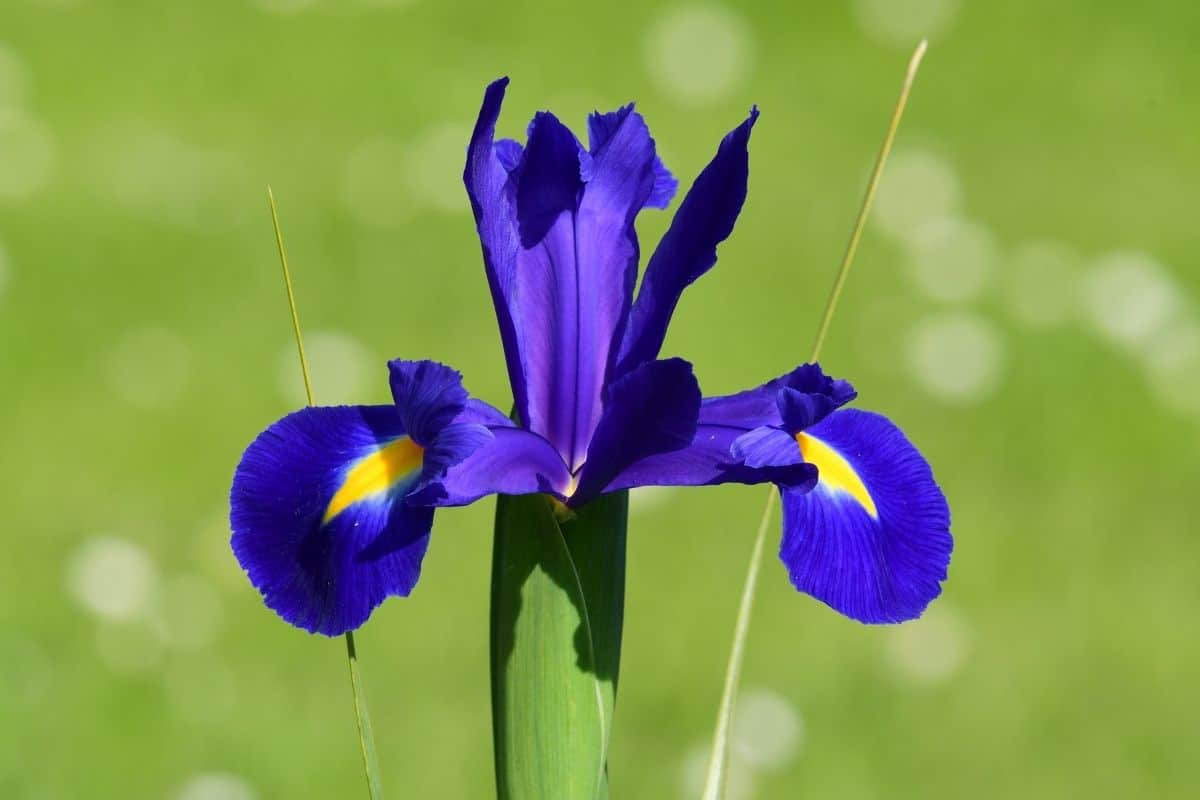
New York native plants list
The benefits of using native plants for your garden are plentiful. Now let’s take a look at some types of plants you might consider. Here are some New York plants to get you started on a native garden.
1. Smooth white beardtongue (Penstemon digitalis)
This plant is also known as foxglove beardtongue. It’s a great plant to add to a pollinator garden, butterfly garden, or as a perennial border. It blooms for a long period in the early summer, and it likes full sun to partial shade and dry to moist, well-drained soil. It can grow from 12-26 inches tall and does best in zones 3-9.
2. Canada anemone (Anemone canadensis)
Another plant to consider is Canada anemone. This plant has dense clusters of bright green leaves with 1-inch white anemone flowers at the very top. It works great for a tall groundcover and works well in open, damp areas. It has a long blooming period in the late spring.
Loves full sun to partial shade and dry to wet soil. It is flood tolerant. Canada anemone grows about 12-24 inches tall and does best in zones 2-9.
3. Joe-Pye weed (Eutrochium spp.)
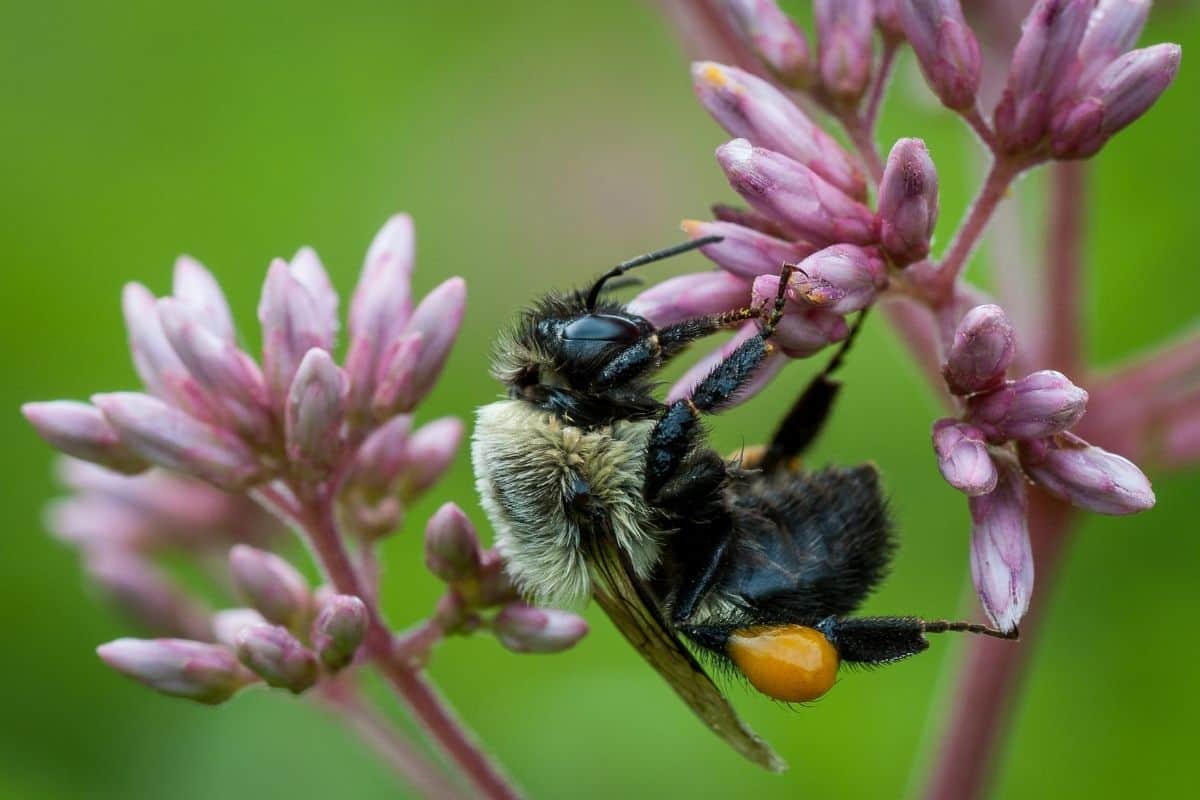
Don’t let the name fool you because this is a very pretty weed. They grow tall, leafy stems with flat to rounded heads of pretty pink flowers.
The flowers are small and grow in clusters and are great for attracting butterflies and other pollinators in mid to late summer.
Joe Pye weed grows from 36-72 inches tall in zones 4-8. It likes full sun to partial shade and moist soils. It is flood-tolerant and an absolute must for butterfly gardens.
4. Northern blueflag (Iris versicolor)
Northern blueflag is a tall flowering perennial with narrow, sword-shaped leaves that look nice even when the plant is not in bloom. Spring brings several blue-violet flowers per tall stem and it’s sure to create an eye-catching scene in your garden.
It likes full sun best but can do partial shade as well. It likes moist to wet soil and is tolerant of standing water. Grows from 24-36 inches tall in zones 3-9.
5. Common milkweed (Asclepias syriaca)
Common milkweed is a plant you see on many of these lists because it’s well… common. It’s low maintenance, hardy, and native to much of the United States. Milkweed is also a very popular plant for butterflies and other pollinators.
Milkweed is perfect for a butterfly garden and it’s an essential food plant for eastern monarch caterpillars. It blooms in large spheres of pink flowers with a nice fragrance. Grows 36-60 inches tall in zones 4-9. It likes full sun and dry-to-moist soils. It is flood tolerant.
6. Swamp Milkweed (Asclepias incarnata)
Another milkweed to consider is swamp milkweed. This is a clumping milkweed that does well in butterfly gardens and also in rain gardens. It likes full sun to light shade and moist to wet soil. It is also flood-tolerant which makes it great for areas that get a lot of rain or landscapes that tend to pool water. It grows from 24-48 inches high and does well in zones 3-9.
7. Wild bergamot (Monarda fistulosa)
Wild bergamot grows in clumps and doesn’t spread as much as other bee-balms. You may have heard of bergamot being used as an ingredient in scented candles or beauty products. This plant has late summer blooming lavender flowers with a sweet aroma that attracts both bees and butterflies. The foliage also has an aroma.
It needs full sun and dry to moist soil. It is flood and drought tolerant so overall, it’s a forgiving plant for your garden. It grows from 26-48 inches tall and does well in zones 3-9.
8. Great blue lobelia (Lobelia siphilitica)
This is a late summer blooming beauty with a steady spire of blue flowers on its green leafy stem. They are usually deep blue but can also be other shades of blue or lavender.
Lobelia likes full sun to shade and moist to wet soils. It’s food tolerant and grows from 24-36 inches tall in zones 3-9. It pairs well with similar plants on this list, such as wild bergamot. It’s also a favorite for attracting bumblebees.
9. Sneezeweed (Helenium autumnale)
A pretty plant with a funny name, sneezeweed is a perennial that is often found in open fields and prairies. It likes full sun to partial shade and moist to wet soil. It’s tolerant of standing water but not fully flood resistant. It grows from 36-60 inches tall in zones 3-8.
This is a great plant for attracting butterflies and other pollinators and it is long blooming in the late summer when many other flowers have died for the season. In the wild, they have yellow flowers but cultivated there are some other colors, and they tend to be shorter and more compact than the wild varieties.
10. Smooth blue aster (Symphyotrichum laeve)
Smooth blue aster is one of the more popular asters for gardening. It’s a great late summer resource for butterflies and other pollinators and likes full sun or partial shade and dry to moist soil. It grows from 12-36 inches tall in zones 3-9.
This plant has many small blue flowers about ¾ an inch in width. You can also combine with New England aster for beautiful results in the garden.
11. Bluets (Houstonia caerulea)
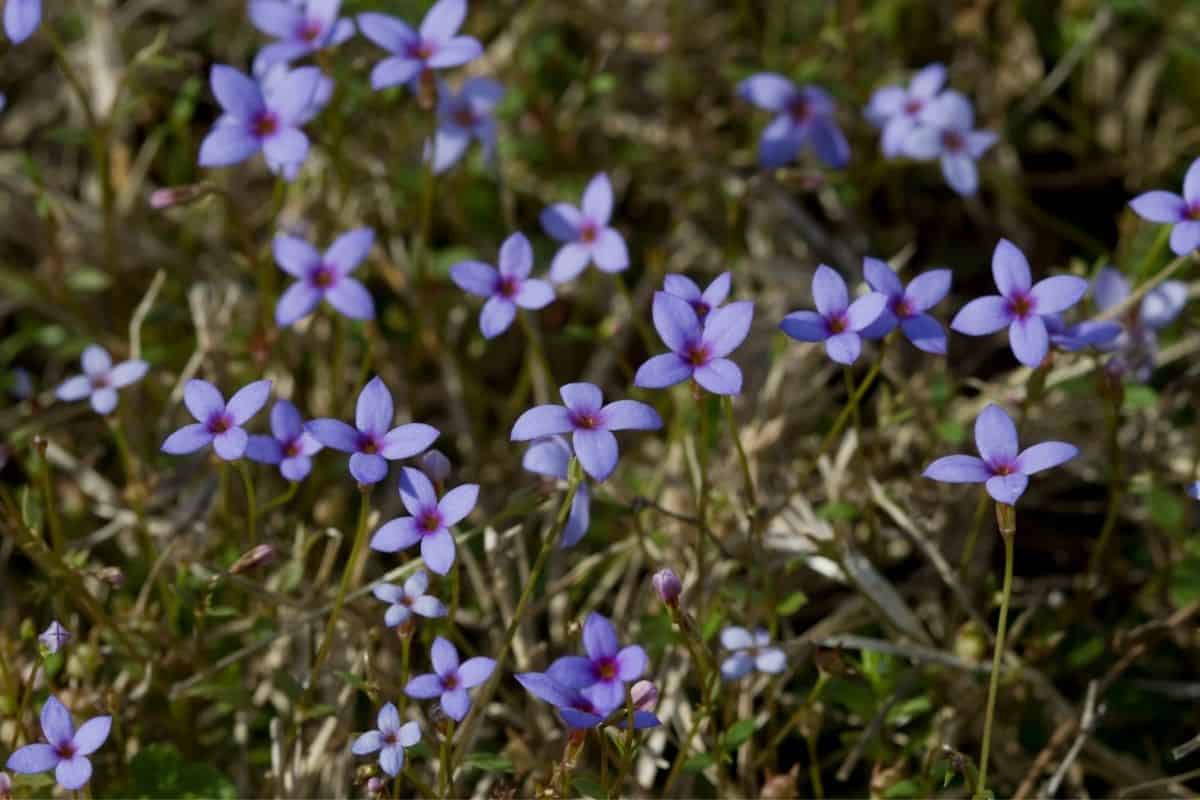
Bluets is a very small spring wildflower that forms delicate carpets of pale blue flowers as ground cover. They grow 2-6 inches tall in zones 3-9.
They like full sun to light shade and moist to dry soil and are drought-tolerant and pretty easy to maintain.
This plant is also called azure bluet. It blooms from April to July and also does well when planted with grasses, but you cannot mow them before they set seed. They make a great addition to a rock garden.
12. Northern bush-honeysuckle (Diervilla lonicera)
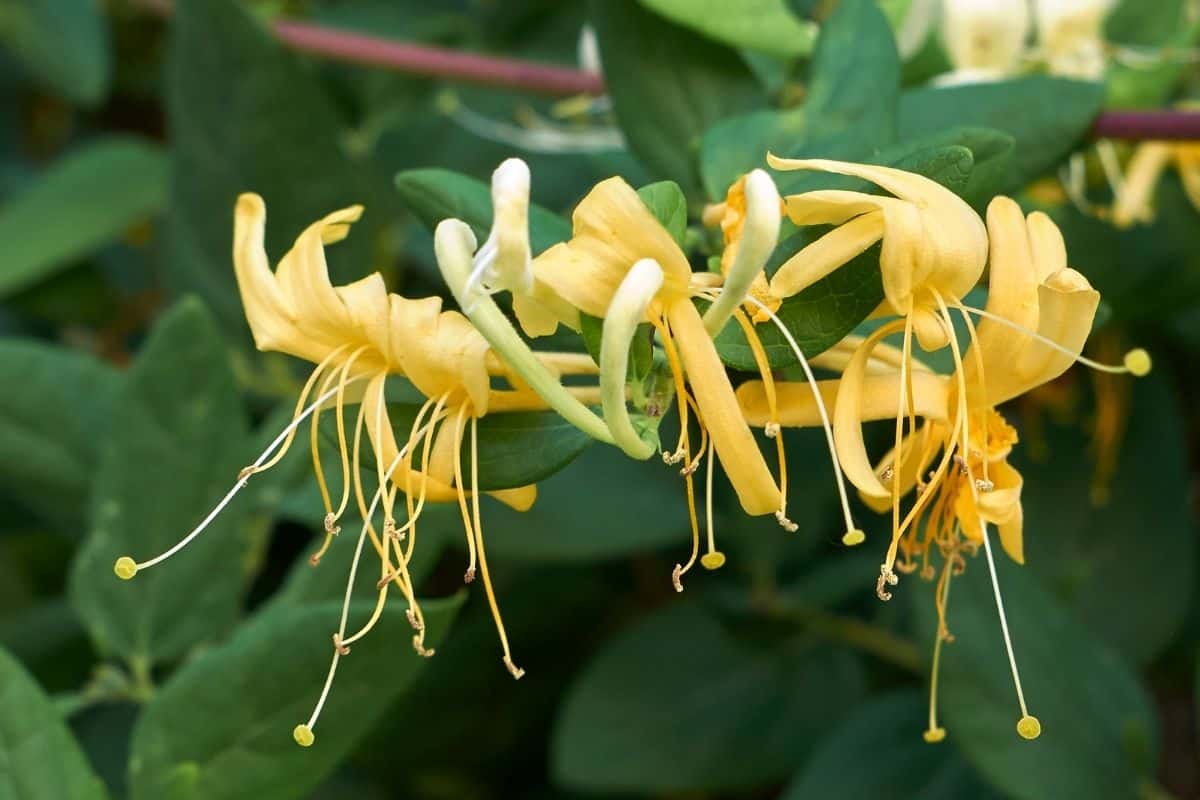
Despite the name, this is not a true honeysuckle. It’s a low, mound-shaped shrub that can spread and form thickets over time. It’s good for hedges or shrub borders. It grows about 1-3 feet tall and likes full sun to partial sun or shade.
The blooms are yellow or orange and appear from June to August. It does well in zones 3-10 and attracts birds and pollinators. It also makes a great host plant. It needs dry to medium soil and prefers sandy or loamy soil.
13. Virginia creeper (Parthenocissus quinquefolia)
Virginia creeper is a pretty, useful vining plant that can climb fences, walls, trellises, and more. It will cling to nearly any surface because it has adhesive-tipped tendrils.
It has five-leaflet leaves that look great when green, but it also changes a beautiful red color in fall. It also has dark-blue berries that are eaten by native birds. It can thrive in full sun to shade, making it pretty easy to use wherever you want. It likes dry to moist soil and grows up to 70 feet long in zones 4-9.
14. Trumpet honeysuckle (Lonicera sempervirens)
Another popular garden vine is trumpet honeysuckle. It gets its name from the trumpet-shaped flowers that are red on the outside and yellow on the inside. They grow in whorled clusters at the end of the stems and make a striking appearance in any garden or landscape. It is sometimes also called coral honeysuckle or woodbine.
This climbing vine can grow from 3-20 feet long and can be trained up a trellis or fence. It’s also good for ground cover and it attracts many hummingbirds. This can make a very good addition to your landscape.
This is just the beginning of some of the great native plants you have to choose from in the state of New York and in New York City. Feel free to take this list and explore further to see what options are best for you and your garden or landscape.
New York native plants list FAQ
Let’s take a look at some questions people often ask about this topic.
How do I turn my lawn into a native garden?
If you want to turn your lawn into a native garden, there are many benefits. Native landscapes do not require fertilizer or as much water as a traditional lawn. It’s low-maintenance and can provide benefits to the local ecosystem. A good place to start is to get a property audit from a qualified professional. They will be able to tell you about soil conditions, native plants that will do well in your landscape, and also what natives you currently have and what invasive species you may have that need to be removed.
What trees are native to New York?
New York is home to many native trees including White Spruce, Bur Oak, Alternate-leaved Dogwood, Red Maple, Eastern Red Cedar, Black Gum, Tamarack, and River Birch. If you already have any of these native trees on your property and they are healthy, do try to keep them.
Why do native plants matter?
There are many benefits to native plants within the ecosystem. Native plants provide nectar for pollinators like hummingbirds, native bees, moths and bats, and butterflies. They also provide shelter for many native mammals. The National Audubon Society explains in more detail why native plants matter.
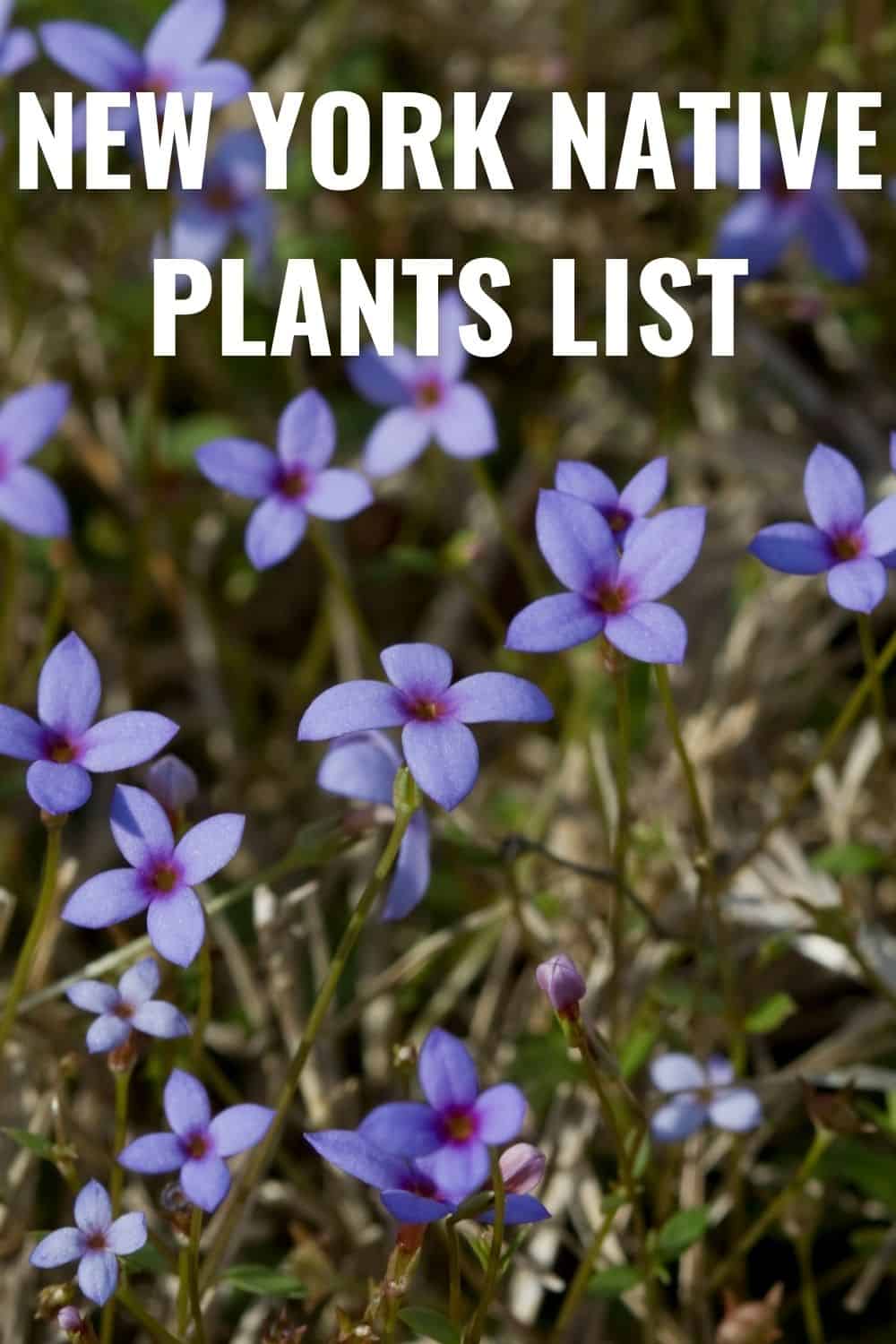


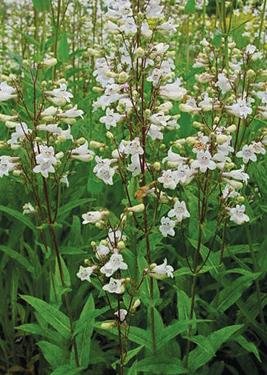





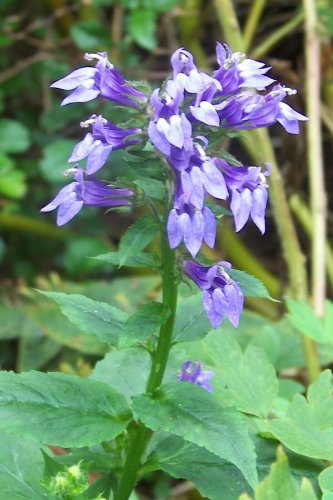





Mark
Sunday 3rd of July 2022
Hello,
Just moved to Rochester and building a house. I want to attract butterflies, bees, and bird using only native species. Since it’s new construction I would also like faster growing plants, especially shade trees. I don’t even know what zone I will be in. What do you recommend?
Adriana
Tuesday 5th of July 2022
You'll be in zone 6 a or 6b. Any of the plants on this list should attract bees and butterflies. Plant some perennials for the long term, but also plant some annuals, as those grow really fast and can fill your spaces for the first year while your perennials take their time to establish and grow.